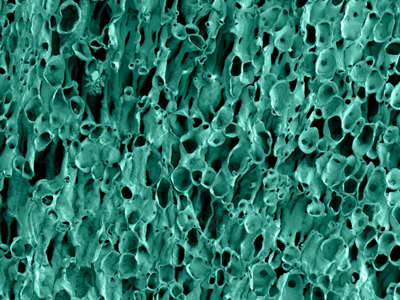
Perspective for soft robotics: THE FIELD’S PAST AND FUTURE – 28 JULY 2021
The soft robotics workshop will be focused on answering five questions concerning the past and future of soft robots: how to produce them; make them move, sense and think; and how to educate using soft robots? With a concluding discussion about the field´s challenges for the next 5 to 10 years.
Organizers:
Falk Tauber, University of Freiburg, DE – falk.tauber@biologie.uni-freiburg.de
Marc Desmulliez, Heriot-Watt University, UK – M.Desmulliez@hw.ac.uk
PROGRAM 28.07.21 13:00 UTC
Download the full program here
| Time UTC | SESSIONS | TALKS | SPEAKERS |
|---|---|---|---|
| 13:00 | Welcome | Falk Tauber & Marc Desmulliez | |
| 13:10 | Plenary: The field’s past? | Material Innovations Enabling The Next Generation of Robotics | Robert Shepherd |
| 13:55 | How to make them move? | Will the ICs be able to move to make on-demand integrated systems? | Muhammad Hussain |
| 14:00 | How to make them sense? | Sensors inspired by Nature: an opportunity for biorobotics? | Marc Desmulliez |
| 14:20 | How to build/produce them? | Manufacturing of soft robots with polymers and elastomers | Oliver Piccin |
| 15:00 | BREAK | BREAK | |
| 16:00 | How to make them think? | Towards Soft Systems: Challenges and Opportunities in Engineering with Soft Technologies. | Adam Stokes |
| 16:20 | How to educate with them? | Getting Started in Soft Robotics | Conor Walsh |
| 16:40 | BREAK | ||
| 16:45 | Plenary discussion: | The field’s future | All speakers |
Keynote: Optoelectronic Nerves and Electrochemical Blood for Robots
Robert F Shepherd. Cornell University, USA
An engineering contradiction exists between enduring and adaptable robots—we have examples of autonomous cars that can drive for 100’s of miles or legged ones that can do backflips for a little while, but never the twain shall meet. Pushing this Pareto frontier outwards towards biological capabilities of enduring and adaptive mobility will probably require embracing complexity and multifunctionality. Meaning, hierarchical assembly of several sub-systems (i.e., organs) and packing energy into every cubic centimetre of volume. Towards this end, I will talk about our work to “innervate” robots for tactile feedback using stretchable sensing “skins” for high density shape sensing measurements to improve control authority in a high degree of freedom (passive or active) continuum structures and actuators. My focus will be on the use of stretchable fiberoptic lightguides as a sensing medium for estimating deformation and temperature in the “meat” of these compliant structures and actuators. After discussing sensing, I will then describe our concept of “Robot Blood” in order to increase the overall energy density of hydraulically powered robots. This Robot Blood is an electrolyte based on redox flow battery (RFB) chemistry that performs the additional function of force transmission and soft actuator inflation. I will close by demonstrating robots that take advantage of this electrohydraulic power.


No Comments